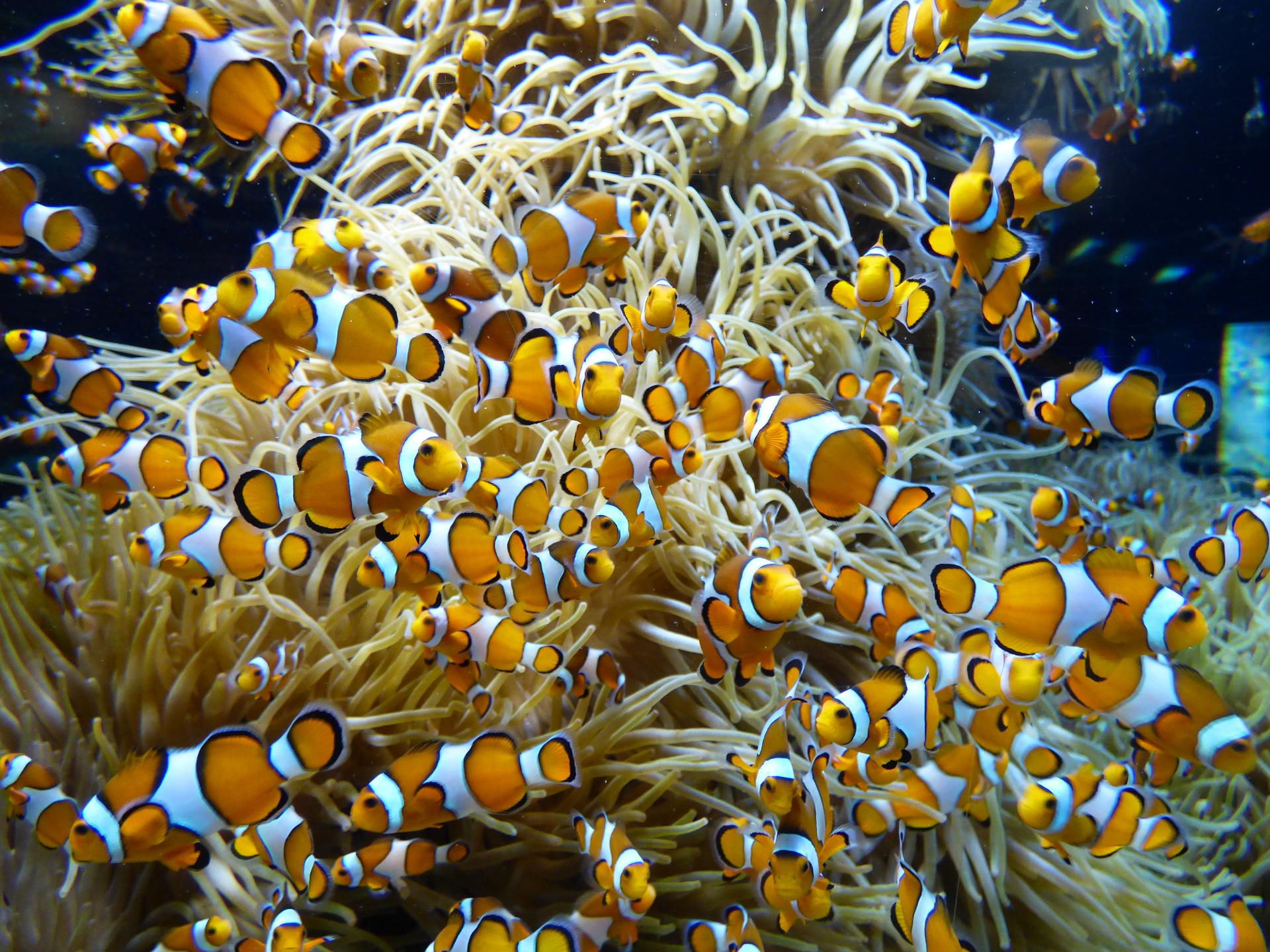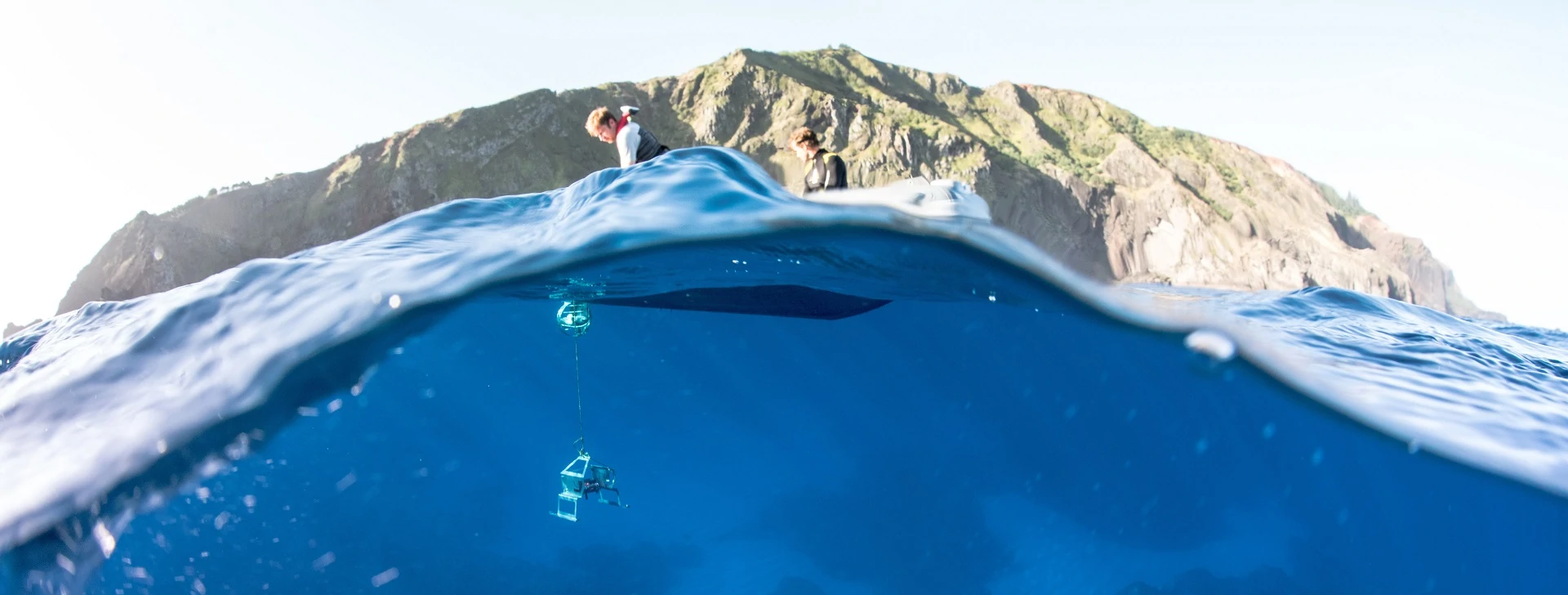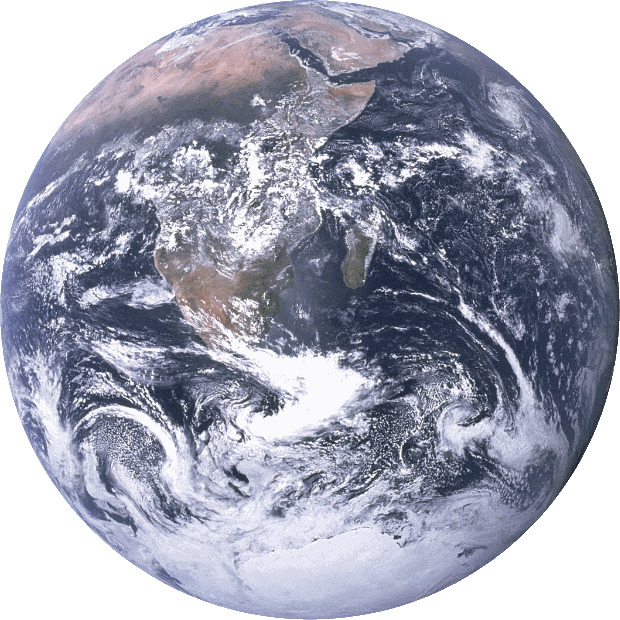DOI: 10.14466/CefasDataHub.85
Fladen experimental fishing impact recovery data - Seabed imagery analysis
Description
Total counts and derived abundance codes of individual taxa identified from video files & still photographs of the seabed and total counts of nephrops burrows identified from video files, with associated station information. The digital video and still photographs were acquired from cameras mounted on a camera sledge frame at sampling stations located within six experimental boxes (three treatments and three control) during a fishing impact recovery survey within the Fladen Grounds. Data were collected at three time points (before impact (time 0), immediately after impact (time 1) and 8 months after impact (time 2) during two research surveys on the RV Cefas Endeavour in April 2015 and November 2015. Two camera sledge tows were positioned diagonally across each of the six experimental boxes. The camera sledge system comprised a Kongsberg 208 video camera with still image capability. Illumination was provided by four high intensity LED lights and a dedicated flash unit. The camera was orientated to provide a forward oblique view of the seabed and was fitted with a four-spot (red) laser-scaling device which projected the corners of a 17cm x 17cm square along the axis of the lens onto the seabed. Set-up and operation followed the MESH ‘Recommended Operating Guidelines (ROG) for underwater video and photographic imaging techniques. A video overlay was used to provide station metadata, time and position (of the GPS antenna) in the recorded video image. The camera sledge was towed at ~ 0.3 knots and still images were captured at one-minute intervals. The position of the sledge was derived from a High Precision Acoustic Positioning (HiPAP) beacon which was continuously logging at 10 second intervals throughout the tow. Video and still photographs were analysed to identify the broadscale habitats within the video record, to provide abundance and the Marine Nature Conservation Review (MNCR) Abundance Scales (SACFOR) data on the species present and to quantify the number of nephrops burrows present. Identification of taxa was limited to a level that could be confidently achieved from the available image. Quality was managed through a quality control system in place by the contracting laboratory undertaking the seabed imagery processing and by Cefas.
Contributors
RV Cefas Endeavour Staff / Envision ltd / Curtis, Matthew / Barry, Peter
Subject
Benthos / Seabed photography
Start Date
18/04/2015
End Date
27/11/2015
Year Published
2019
Version
1
Citation
RV Cefas Endeavour Staff, Envision Ltd, Curtis & Barry (2019). Fladen experimental fishing impact recovery data - Seabed imagery analysis. Cefas, UK. V1. doi: https://doi.org/10.14466/CefasDataHub.85
Rights List
DOI
10.14466/CefasDataHub.85


